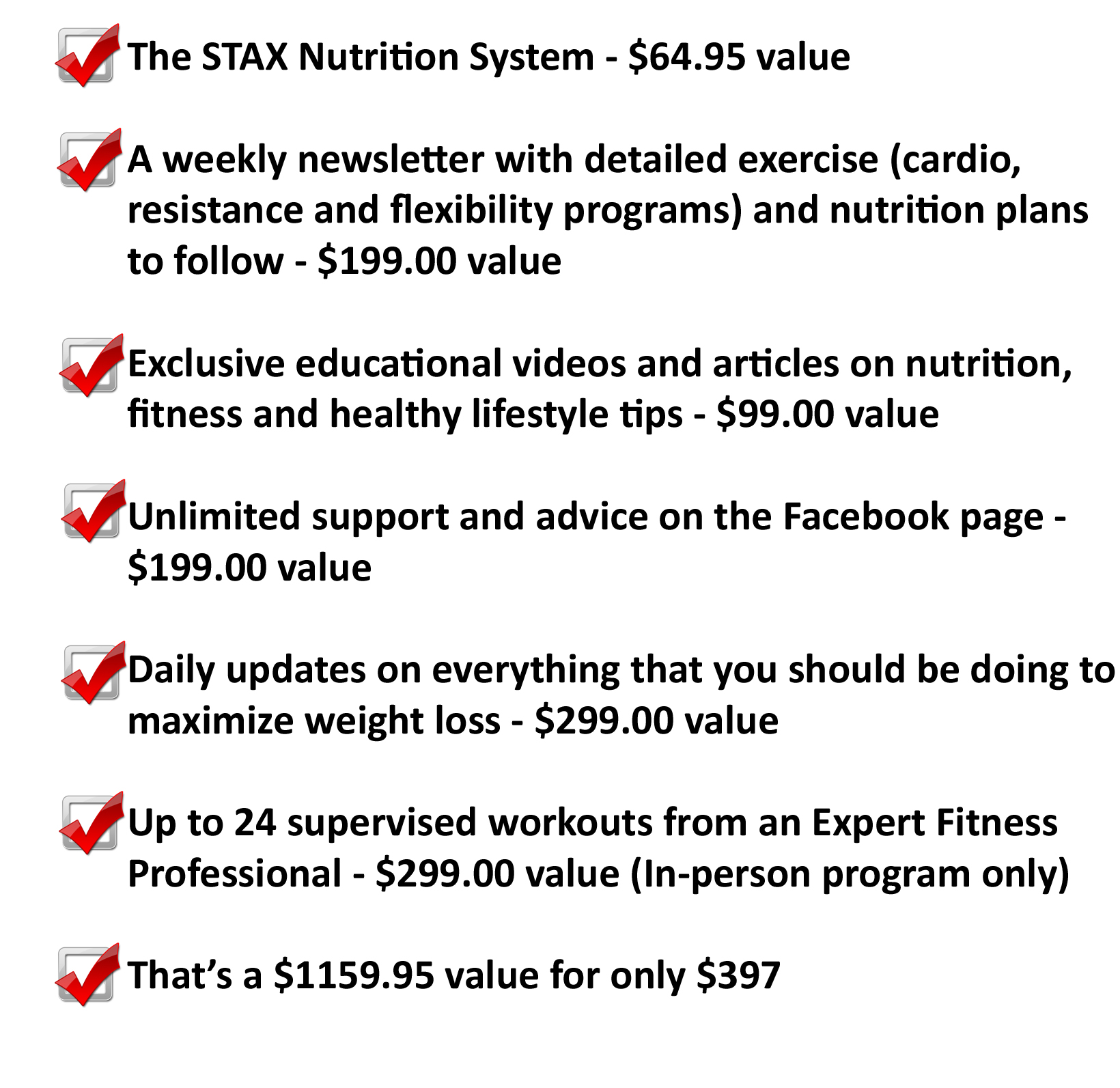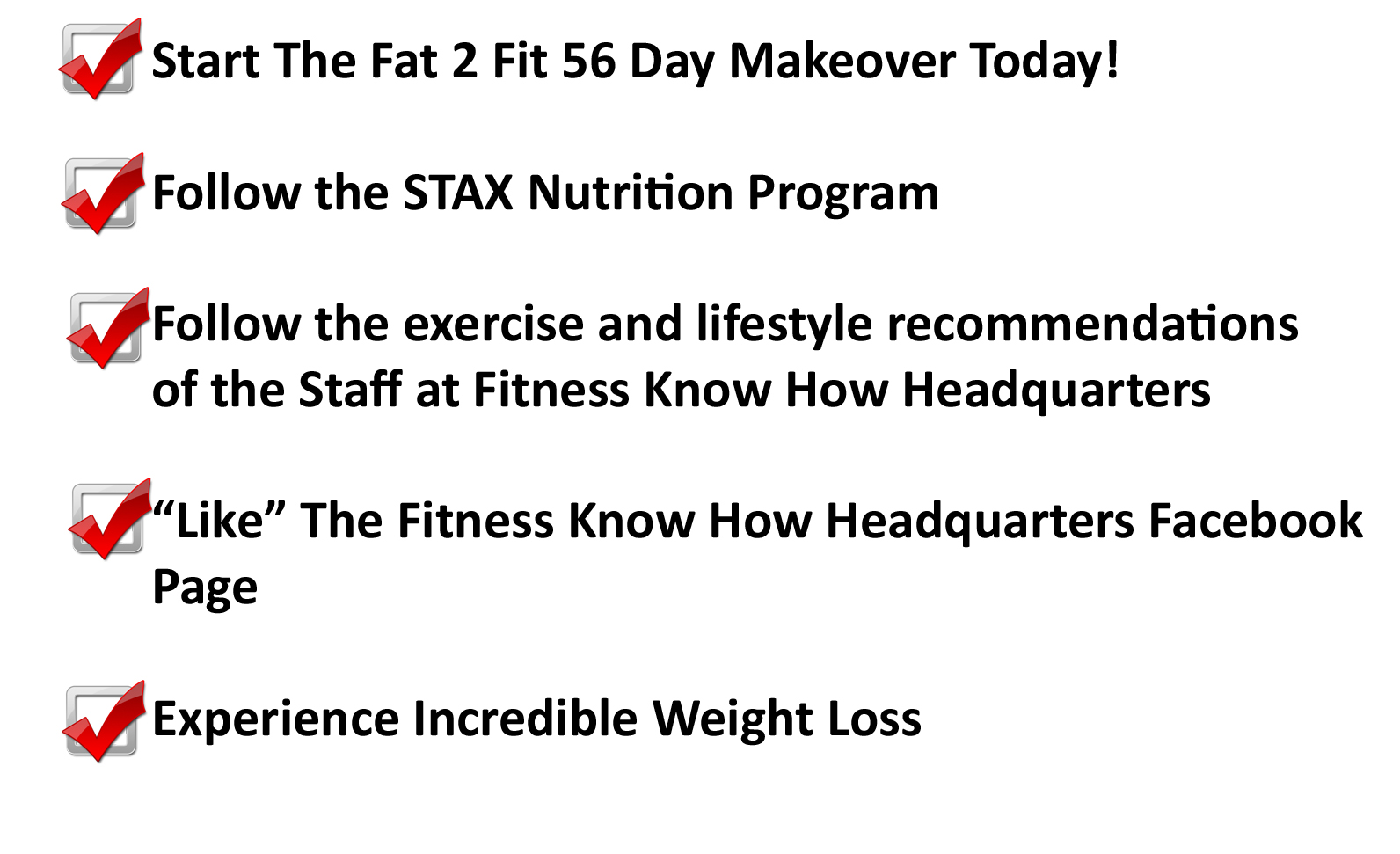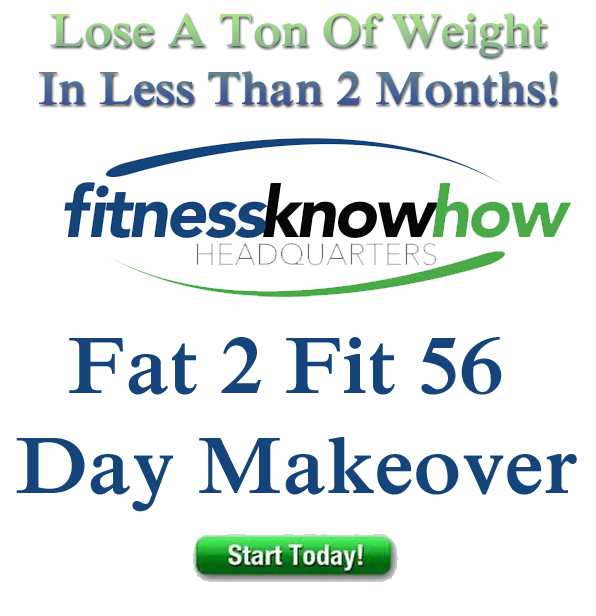
How would you like to lose a ton of weight and transform your body in less than 2 months?
Start Your Own Personal Fat 2 Fit 56 Day Makeover Today!
Here are the Details
The Fat 2 Fit 56 Day Makeover is specifically designed to help you experience dramatic changes in your body. You’ll lose significant amounts of body fat. You’ll increase your lean muscle and reshape your body. You’ll boost your metabolism, and increase your energy. You’ll feel better than you have in years.
How does this work? It’s simple!
We combine a proven nutrition plan with cardiovascular, resistance training, and flexibility and guide you step-by-step to quick, impressive and permanent changes to your body!
In addition, we provide you with a ton of educational and lifestyle information. Plus, you get unlimited online support during the entire challenge on our Facebook page.
You have two options:
#1 – Sign up for our Live, In-Person, supervised program that takes place at The In2One Wellness Center, in Scottsdale AZ. The Live, In-Person program includes up to 24 supervised workout sessions, so you must live in the local area to participate.
#2 – Sign up for our Do-It-Yourself Online program and get started today! The Do-It-Yourself is just like the Live In-Person program except it is for anyone who doesn’t live in the Phoenix or Scottsdale area. You’ll workout on your own and without supervision.
Option #1 (Live)
Option #2 (Online)
The Fat 2 Fit 56 Day Makeover is designed with one purpose – to help you to lose the maximum amount of weight possible in less than 2 months.
Oh yeah, and you won’t be following any crazy, calorie restricted, starvation diet either!
Here’s what you’ll get

The online program is only $147
Your Simple Path to Success

To get started, you just need to Click Here for the Live In-Person Program or Here for the Online Program
The only thing you’re going to lose is weight!
GET STARTED TODAY!!!
Live In-Person Program
Online Program
Note: We’ve utilized the STAX Nutrition program for almost 5 years with clients and boot campers. In fact, we’ve presented monthly nutrition seminars that follow the STAX principles. I’ve also been a fitness professional for over 17 years, so the exercise and lifestyle advice comes from an expert.














